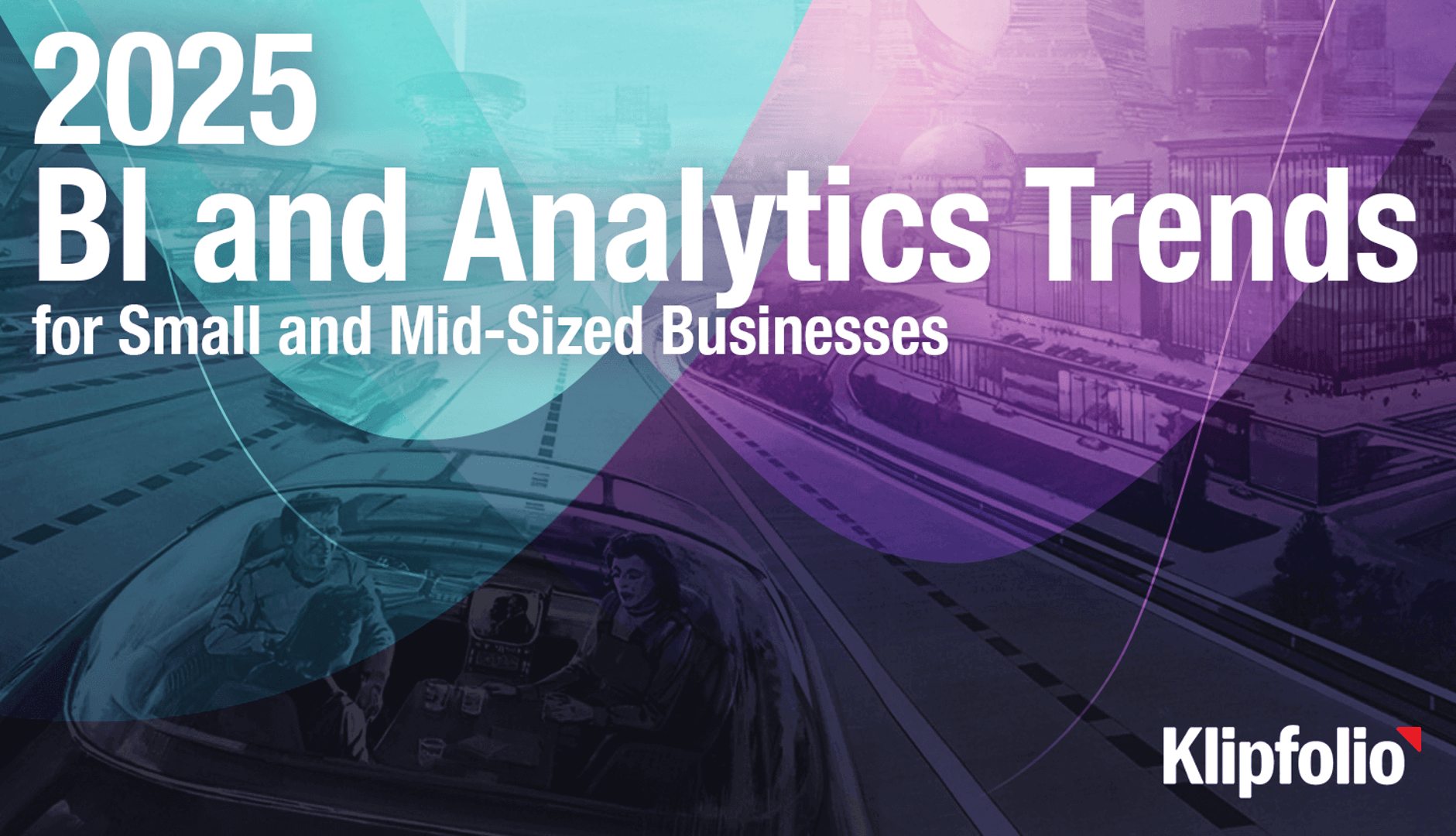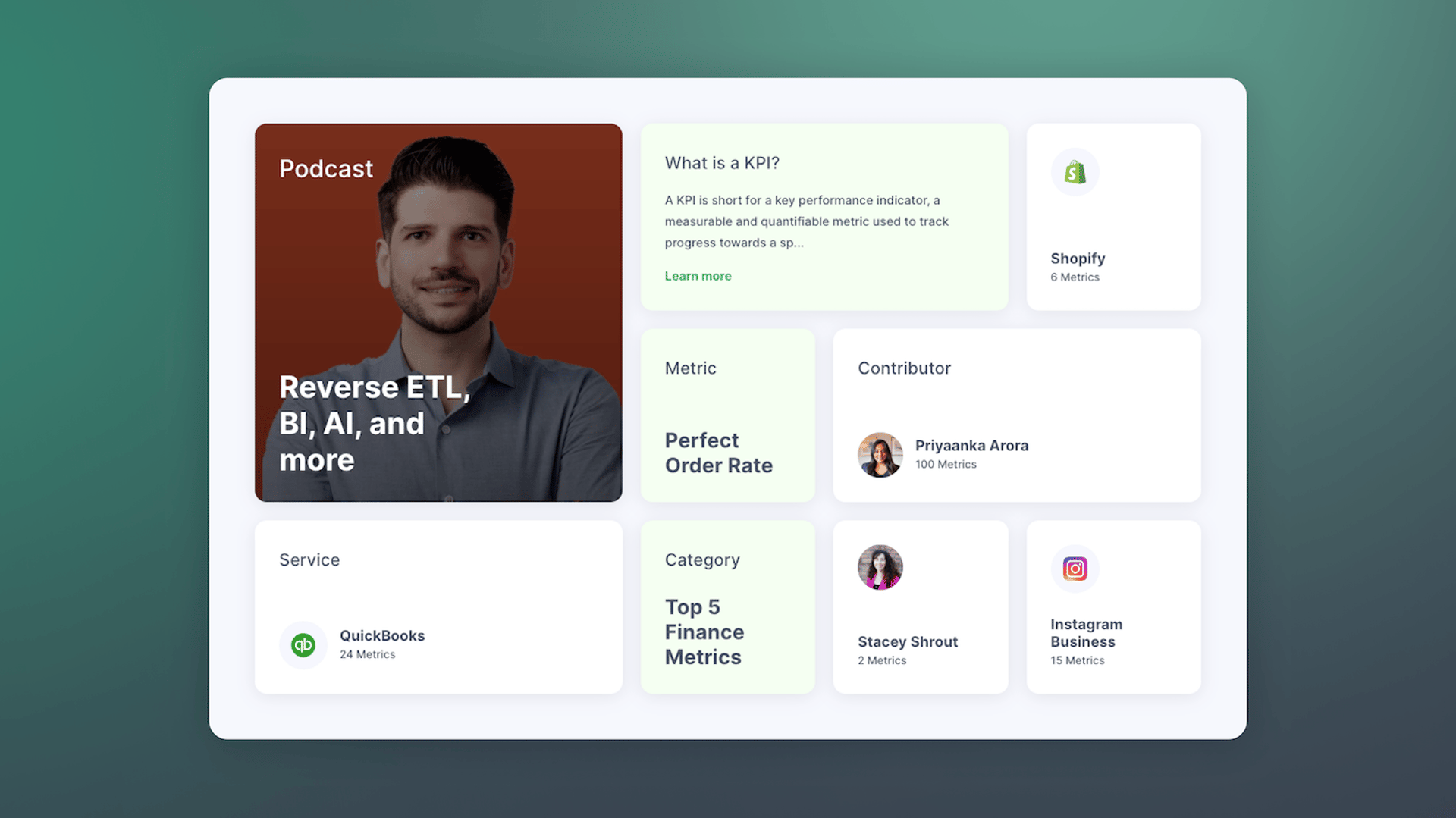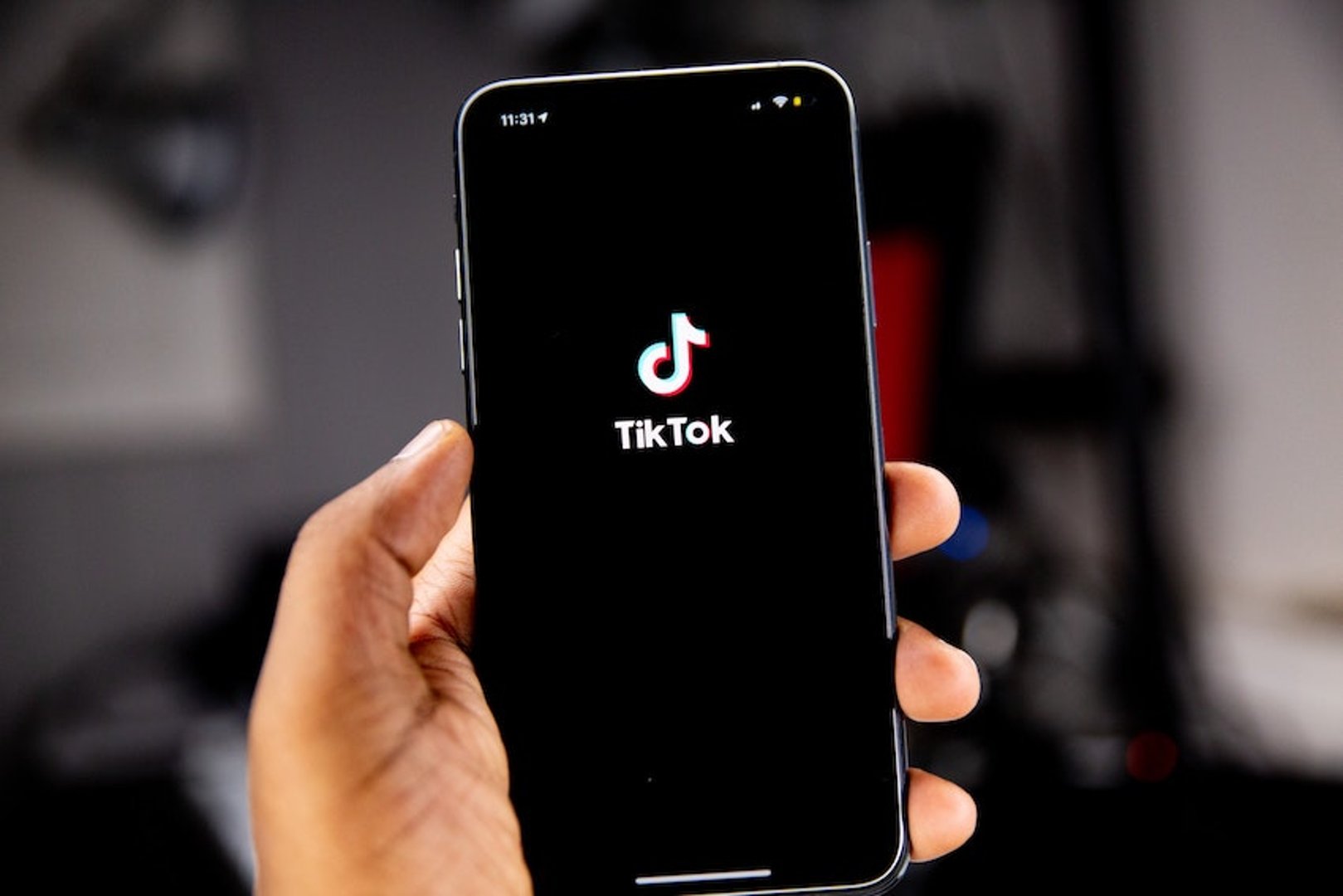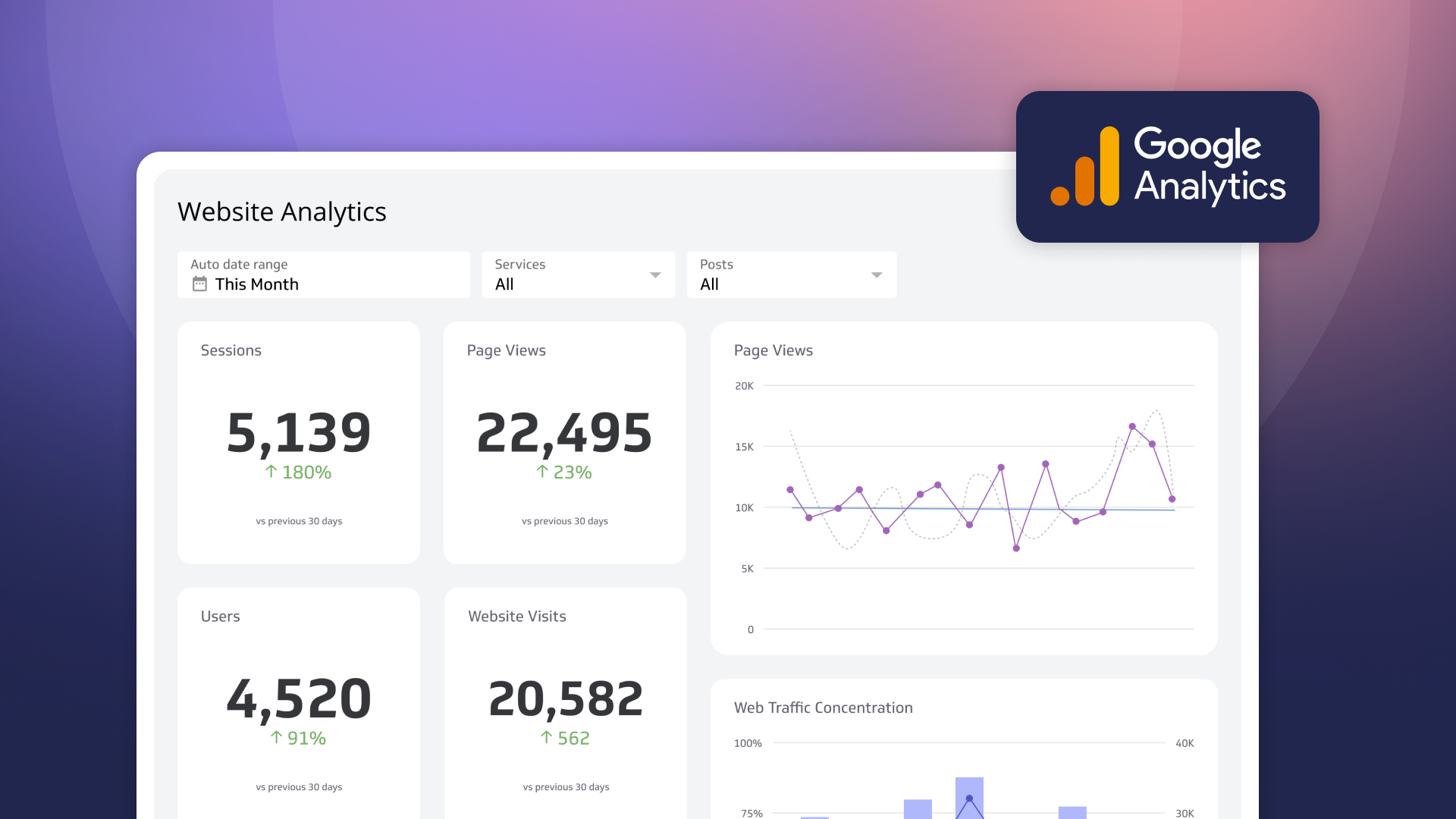Strategic Planning and The BIG Impact of SMALL Data

Published 2025-10-28
Summary - Strategic success does not come from just choosing long term strategic goals, it comes from the moment to moment focus and continuous refining of ongoing activities towards strategy. Facebook was not the first social-sharing site, Microsoft was not the first P.C. Operating System, Ford was not the first car manufacturer. Each of these firms shared their long-term vision with
Strategic Planning and The BIG Impact of SMALL Data
Strategic success doesn’t come from simply choosing long-term strategic goals. It comes from moment-to-moment focus and continuous refinement of ongoing activities toward strategy. Facebook was not the first social-sharing site, Microsoft was not the first PC operating system, and Ford was not the first car manufacturer.
Each of these firms shared its long-term vision with many other organizations; they outperformed their competitors.
What is small data?
Small data is data that is “small” enough for human comprehension. It is data in a volume and format that makes it accessible, informative, and actionable.
The term� “big data” is about machines, while “small data” is about people. One way to comprehend big data is to reduce it into visual objects that represent aspects of large data sets, such as histograms, charts, and scatter plots. Big data is about finding correlations. Small data is about finding causation, the reason why.
“Small data connects people with timely, meaningful insights (derived from big data and/or ‘local’ sources), organized and packaged to be accessible, understandable, and actionable for everyday tasks.” Allen Bond
Why small data powers strategic planning
Setting the right long-term goal is strategy, often described as the mission or vision. Strategic planning is the journey of how you get there.
Think of nature. The mission and vision tell you the right forest to be in. Strategic plans tell you the path to take to get to and through that forest. Small data informs path selection.
Once on the path, small data is critical to staying on it. As obstacles appear, small data helps teams find and execute workarounds for unexpected twists in the journey. Big data is of little use in the forest.
The key is that these detailed decisions are made day to day by front-line staff, not executives. They make decisions based on data that is small enough for human comprehension. It’s data in a volume and format that makes it accessible, informative, and actionable. It must be seen in a strategic context.
For example, if the strategy is to gain more market share from existing customers, then all the data that relates to “share of wallet” needs to be seen as more important, and data relating to entering new markets needs to be downplayed or ignored. Moment to moment, employees should continue or increase the micro activities that lift share of wallet. If attention drifts to entering new markets, those activities should be reduced.
Without visibility into small data and its strategic context, employees are powerless. They become mindless robots, doing only what they are told and nothing more.
Most companies suffer from too much data, not too little. Using data correctly is imperative. Big data is the wrong tool for strategic planning, and that’s where small data shines.
How to use small data for strategic planning (and execution)
Experience across global operations shows that effective small data practices depend on repeatable habits for metrics development, collection, analysis, and reporting across both big and small datasets.
There are some basic tenets that should be consistently applied, no matter the business type, industry segment, or functional responsibility. These small data collection and analysis tenets are as follows:
- Capture the strategic context. What is the “big picture” strategy? What forest are we aiming for?
- Establish meaningful metrics, ones that truly help teams understand, drive, and evaluate the business.
- Use metrics that are easy to understand, analyze, and interpret by data collectors, analysts, and, most importantly, the employees who use them at all levels. They also need to be reliable, repeatable, and relatable.
- Management must visibly and consistently use data to run the business. Tactical operations management should support front-line employees as they use small data to build a data-driven foundation.
- Apply and analyze metrics consistently. Avoid gaming the system to look good to leadership or external stakeholders.
- Develop metrics with an interrelated mindset, much like a balanced scorecard. Metrics have positive and negative correlations with each other, and those drivers must be kept in mind.
- Recognize relationships among metrics. Some are direct, some indirect. Some have level-paced impacts, some dampened, and some spring-loaded in magnitude. Study and use your metrics and data, triangulated for knowledge-driven sense-making.
- Make analysis and reporting more than collection and math. Include a strong, rigorously applied sense-making component. The “so, what does all of that data really mean?” question must be answered before anything is presented to leadership. Leadership may take a different approach based on a broader view, but analysts should not hand over raw data and stop there. Sense-making turns data into knowledge, and knowledge drives the business.
- Expect metrics, collection methods, sense-making, and reporting to evolve as needs, circumstances, and knowledge change. Keep an eye on the baseline to preserve comparability as metrics and methods evolve. That preserves ongoing sense-making.
So how do you enable small data strategic planning?
Easy. Democratize your data. Package it and make it available, in a strategic context, to everyone in your organization. A dashboard and reporting tool like Klipfolio Klips helps package small data in context and share it on TVs, in browsers, and on mobile, keeping strategy front and centre.
Anyone know an app that can do that?
About Pm2
Brett is an Executive Partner at Pm2 (Performance Measurement & Management), an international consulting firm specializing in the development and implementation of strategic dashboards and scorecards. The frameworks they use include OKRs (Objectives and Key Results), Balanced Scorecard, 4DX (Four Disciplines of Execution), Lean, and Six Sigma. Their work has been profiled in Harvard Business Review, Fortune, and Forbes, as well as in business books and periodicals. This thought leader is an active contributor to our blog posts.
Related Articles

2025 BI and Analytics Trends for Small and Mid-Sized Businesses
By Allan Wille, Co-Founder — December 18th, 2024
Promoting data literacy with metrichq.org and the power of AI
By Allan Wille, Co-Founder — October 12th, 2023
The Ultimate Guide for Marketing Your Brand on TikTok
By Emily Hayward — July 20th, 2023

